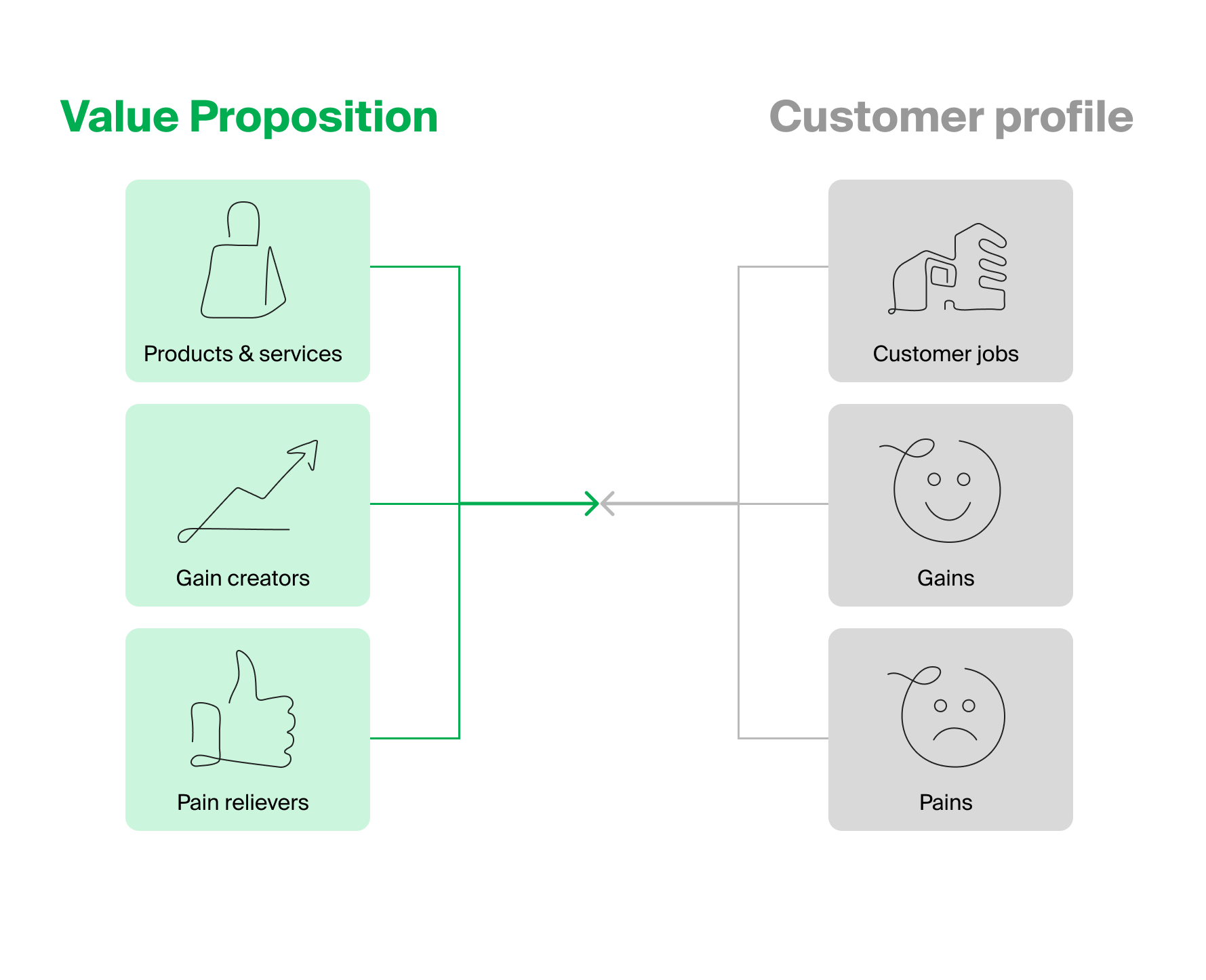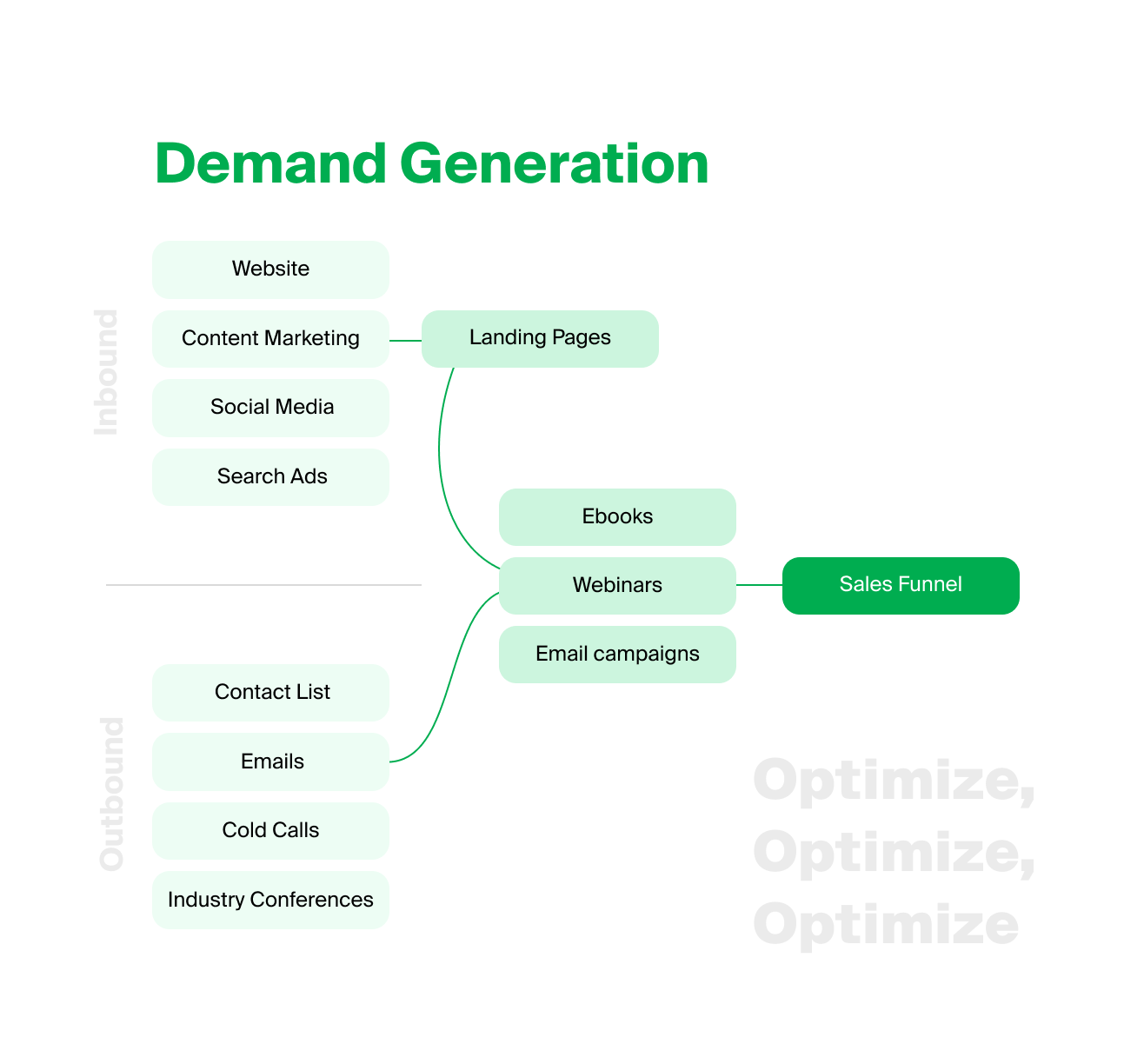The current dynamics of the global communications market require Mobile Operators to be nimbler, bolder, and more transformative than ever before. Their ability to deliver innovative customer engagement solutions is setting the pace for enterprise growth as CxOs increasingly prioritise personalisation and two-way communications.
An earlier Accenture survey revealed that 77% of CEOs plan to fundamentally change the way they engage with customers, while McKinsey reported that the use of digital channels for customer service will increase 150% by 2024.
These industry trends provide insights for Mobile Operators to plan their portfolio expansions and stay relevant to existing and prospect enterprise buyers.
Identify the Booming Enterprise Markets
When considering the ways to strengthen their B2B portfolio, Mobile Operators should place their immediate focus on solutions that are projected to drive the most demand in coming years.
- AI Chatbots – projected to grow to 10.5 billion by 2026 at a 23.5% CAGR, AI Chatbots are the fastest-growing enterprise communication channel. Organisations increasingly recognise their potential to reduce customer service costs, improve employee engagements, increase conversions, and contribute to the overall customer satisfaction.
- CPaaS – with global consumers increasingly using multiple apps and channels to interact with brands, enterprises are looking to streamline interactions across all the popular platforms. CPaaS is expected to reach $172.91 billion by 2032, growing at CAGR 31.0% and promising significant market share for those who enter the market early.
By offering these solutions to the enterprise, Mobile Operators can retain and grow their customer base, ensure market stickiness, and increase loyalty. The key to capturing the growing market share and establishing leadership is to bring solutions to the market fast.
Accelerate Time-to-Market: White-Label Advantages
White-labelling is a powerful strategy for Mobile Operators to capture the optimal window in the fast-paced communication markets. By rebranding an existing solution as their own, they can benefit from:
- Minimised operational costs as opposed to developing a solution in house
- Accelerated time-to-market with an ability to focus on strategy rather than development
- Lower risk to entry through a partnership with an established vendor
However, simply putting your name on a product is not enough to guarantee success in selling it. To truly master the market, Mobile Operators have to carefully plan their launch strategy. Below are the essential go-to-market steps they should follow to successfully position their white-labelled solutions.
#1 Build a strong foundation with audience profiling
When building their Ideal Customer Persona (ICP) profile and considering the ways to reach them, Mobile Operators must take into account the complexity of the B2B buyer journey. LinkedIn research reveals that the B2B purchase process can be influenced by 3.1 – 4.6 internal departments such as IT, finance, and HR. This means your strategies need to focus on personas beyond the primary decision maker.
Consider which groups are likely to be involved in the purchase process and identify the pain points they are looking to solve. For example, an AI Chatbots solution will be of interest to a company’s customer care, HR, marketing, and sales leaders. Additionally, an IT manager is likely to be involved in the deployment and integration processes, while legal teams might inquire about the solution’s security and compliance features.
Based on these insights, you’d want your sales pitch for enterprise to address all the relevant use cases and department-level concerns. On the other hand, if you’re targeting small business owners, you may want to focus on the ease of use and affordability to better address their specific needs.
#2 Communicate the value you deliver to each market segment
Precisely defined audience profiles help you identify the values that will resonate with your buyers the most. As part of your effort to communicate these values, you must translate your solution’s features into the actual customer benefits. Think about their pain points and gains they are looking to achieve. How does your solution support their business objectives?
A useful framework for defining a B2B value proposition was initially developed by Dr Alexander Osterwalder et. all in a book titled Value Proposition Design: How to Create Products and Services Customers Want. By following this diagram, you can effectively pinpoint the most important messages you need to convey to previously identified segments.

#3 Ensure alignment between marketing and sales teams
Once you have your primary ICP and your key value proposition, it’s vital to ensure both sales and marketing departments are aligned with it. This will greatly determine the success of your campaigns as both teams need to be efficiently engaged in them.
The LinkedIn report reveals that most sales and marketing teams believe they are aligned, but that four in ten sales people (38%) doesn’t think that marketing provides enough quality leads.
This is why it is essential to define what constitutes a quality lead, i.e. what contact information do sales representatives need to have before they engage with marketing qualified contacts. This is usually done as part of buyer journey mapping and is used as the foundation of demand generation strategies. Only when both departments understand the complete buyer journey and customer behaviour patterns can they successfully collaborate on capturing and converting leads.
#4 Leverage your partner’s knowledge, expertise, and support
One of the essential things to look for in a white-label partner is their readiness to support you in your GTM planning. If you have limited time and resources to dedicate to market research and audience development, your partner should be able to provide relevant market insights that could help.
Look for one that understands both your industry and your target markets. In addition to this, inquire about the resources they can provide to help you launch your product successfully such as market insights, collateral, etc. Moreover, ensure they align with your brand values and can provide the level of customization and support you require. This will help you confidently offer new solutions to your B2B buyers and ensure the highest quality of service.
When white-labelling another company’s solution, it is essential to adapt its look and feel to your brand style. Your customers will feel more comfortable using an interface whose visual identity matches your other physical and digital assets. Therefore, you should be able to incorporate your own logo, colours, and other visual elements to create a consistent brand identity.
While the ability to extensively customise the platform should be one of your key criteria for choosing your partner, you should also ensure the solution is reliable. Any crash or downtime would be seen as a negative experience with your brand, so make sure your partner has mechanisms in place to minimise them and provide support when critical. This is critical for building trust and ensuring your customers continue using the solution.
#5 Look beyond customisation to foster brand trust
When white-labelling another company’s solution, it is essential to adapt its look and feel to your brand style. Your customers will feel more comfortable using an interface whose visual identity matches your other physical and digital assets. Therefore, you should be able to incorporate your own logo, colours, and other visual elements to create a consistent brand identity.
While the ability to extensively customise the platform should be one of your key criteria for choosing your partner, you should also ensure the solution is reliable. Any crash or downtime would be seen as a negative experience with your brand, so make sure your partner has mechanisms in place to minimise them and provide support when critical. This is critical for building trust and ensuring your customers continue using the solution.
#6 Map your inbound and outbound strategies to drive demand
A well-crafted marketing plan is essential for driving awareness and demand for your white-labelled solution. Develop a clear messaging strategy that highlights the unique features, benefits, and competitive advantages of your offerings. With your messaging in mind, develop compelling content to engage B2B buyers and build brand awareness around the new offering.
Your marketing plan should include specific tactics that will reach your target customer, such as digital advertising, social media, or email campaigns. Meanwhile, your sales plan should outline specific steps for identifying leads, following up with customers, and closing sales. By focusing on marketing and sales, you can ensure your white-labelled product is successful in the market.
HubSpot shares a useful framework for considering your sales and marketing tactics.

#7 Establish performance KPIs
While some of your key goals for portfolio expansion might be difficult to track (brand awareness, industry authority, thought leadership, etc.), you still need a framework to assess your market success. This is why it is important to have some form of tracking mechanisms and key performance indicators (KPIs) and update your strategy in case your initial efforts don’t bring the desired results.
Some of the key metrics to monitor include sales volume, customer acquisition and retention rates, customer satisfaction, and profitability. By analysing such data, you can identify areas for improvement and optimize your strategy accordingly. In addition to this, you should continuously gather customer feedback to understand their evolving needs and preferences, so you can future-proof your strategies.
Conclusions
White-labelling offers a powerful strategy for companies to expand their offerings and enter new markets. By defining ICPs and value propositions, choosing the right partner, aligning your teams, and developing a detailed campaign plan, you can ensure a successful launch of your white-labelled solution.
For details on GMS’ white-label portfolio for Mobile Operators, please contact us.

